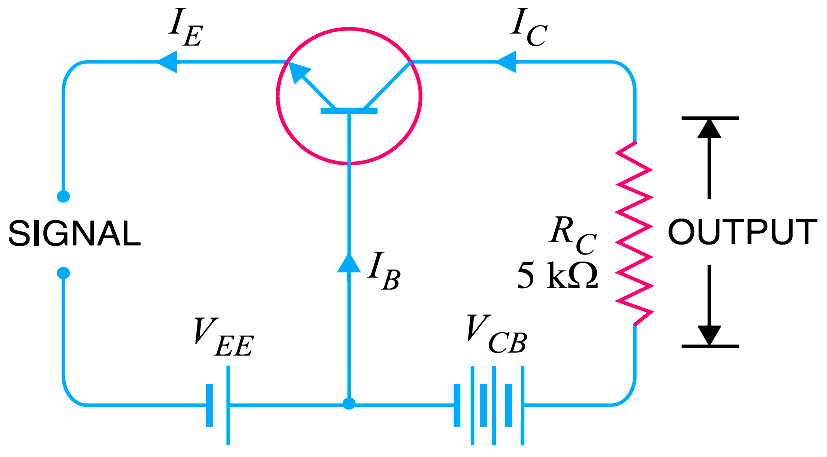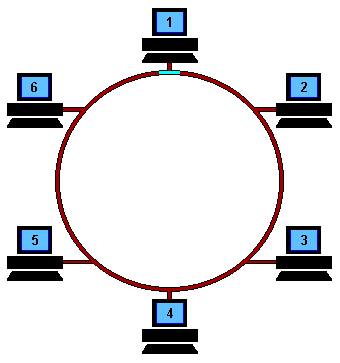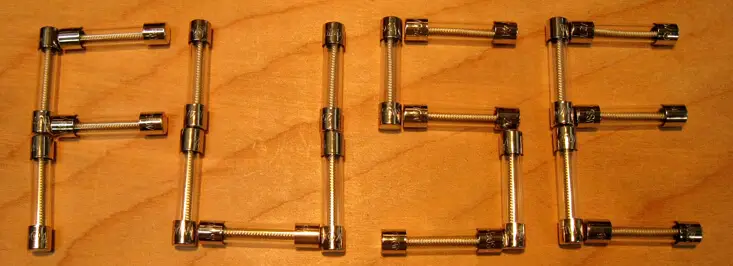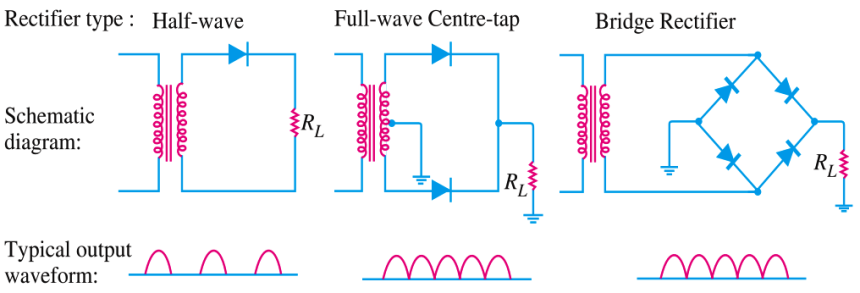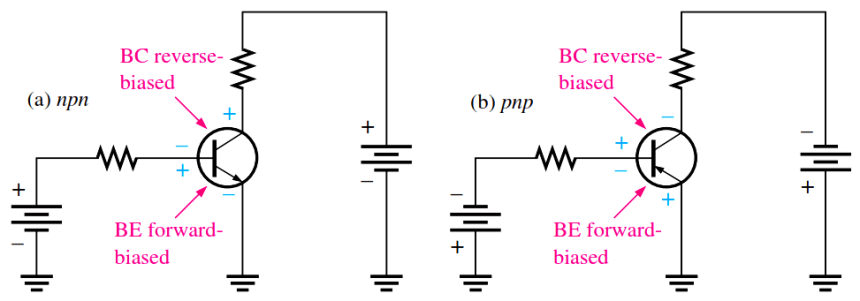Transistor as Amplifier
A transistor raises the strength of a weak signal and thus acts as an amplifier. The Below Fig shows the basic circuit of a transistor amplifier. The weak signal is applied between emitter-base junction…
Selection Guidelines for Cable Glands
There are many factors to consider when selecting cable glands for industrial installations. Neglecting to pay due attention to some of these factors may cause unnecessary anxiety at a future…
Token Ring and Token Bus Working Animation
Token Ring At the start, a free Token is circulating on the ring, this is a data frame which to all intents and purposes is an empty vessel for transporting…
Working of NPN Transistor
The emitter-base junction of a transistor is forward biased whereas collector-base junction is reverse biased. If for a moment, we ignore the presence of emitter-base junction, then practically (Note 1) no current…
Basics of Transistors
A transistor consists of two pn junctions formed by *sandwiching either p-type or n-type semicon-ductor between a pair of opposite types. Accordingly ; there are two types of transistors, namely;…
Argonite/CO2 Flooding System Master & Slave Cylinder Operation
Co2 Flooding System Master & Slave Cylinder Operation Generally we found series of cylinders installed near to control rooms, turbines, electronic/electrical equipment etc... to extinguish the fire in case of…
What is a Fuse ?
1. What is a fuse? The fuse is an electric element protecting electric devices. It is commonly connected with a circuit in series, and when fault current increases to a…
Comparison of Half wave Rectifiers and Full wave Rectifiers
Comparison of Half wave Rectifiers and Full wave Rectifiers
Transistor Biasing
The below Figure shows a bias arrangement for both npn and pnp BJTs for operation as an amplifier. Notice that in both cases the base-emitter (BE) junction is forward-biased and the base-collector…
Bipolar Junction Transistor Construction
The basic structure of the bipolar junction transistor (BJT) determines its operating characteristics. The BJT is constructed with three doped semiconductor regions separated by two pn junctions, as shown in the…
